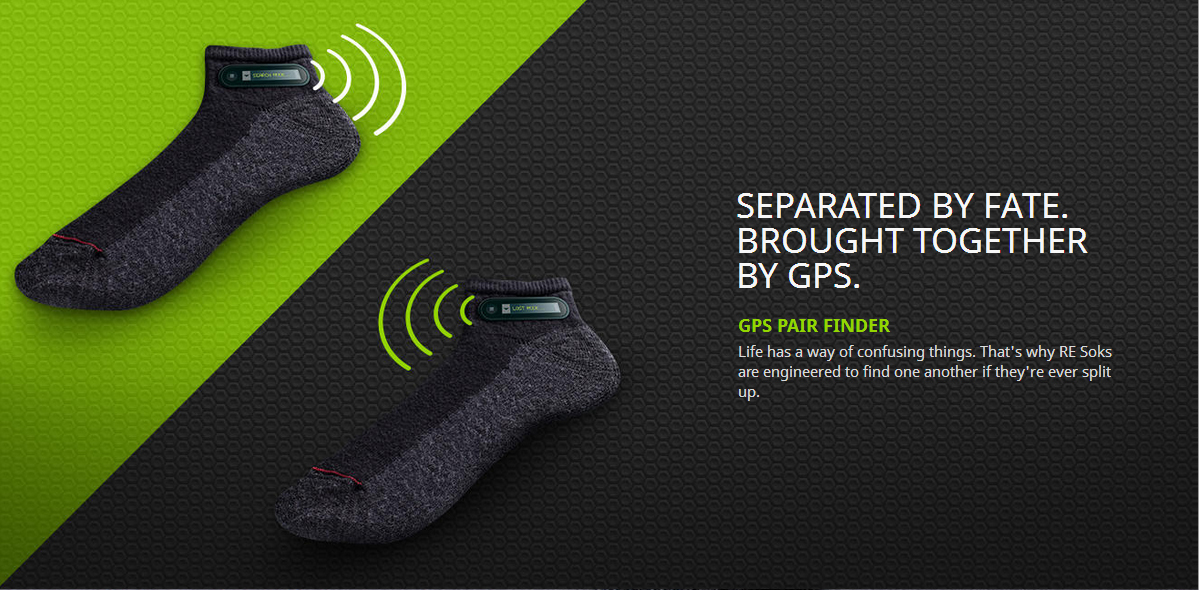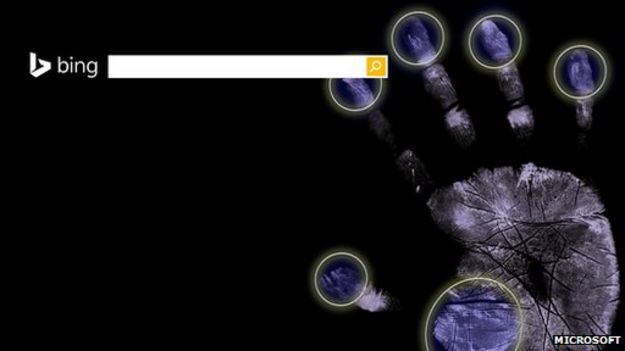
"TV isn't dying, it's having babies." This quote made my day. I have argued a few times in the past that terrestrial broadcasting will continue working and will be probably the most popular approach for a long time to come. The way things work with it may change. Multi-screen is one possible approach but you may have more interactions like 'red button functionality', etc.
Anyway, in Europe 800MHz spectrum has been cleared for use by Mobile Broadband technologies (LTE mainly). 700MHz is planned to be cleared as well by 2020, as per the suggestion in Lamy report. The other UHF band from 470MHz to 694MHz would be left as it is until 2030, with a review planned in 2025.
This has forced even big players like BBC to start looking at other mechanisms to deliver TV. While BBC3 was moved to online only, BBC is also exploring how to use LTE-Multicast to deliver content. It has been working to have its very popular iPlayer work with eMBMS.
Embedded below is a presentation from Cambridge Wireless CWTEC 2015 conference.
eMBMS is gaining popularity with its presence in lot more chipsets and even more trials. GSA report has shown that there are quite a few trials going on worldwide but the question remains about the business models. Most operators would not like to become content providers and compete with the incumbents in their markets. Having someone like BBC in the UK is helpful but not sure how many such options are available worldwide. Embedded below is the GSA presentation
Great LTE Broadcast demo by @Ericsson using devices from Samsung & LG powered by Qualcomm. Consumers will love this. pic.twitter.com/1uroaV3mk9
— Ben Wood (@benwood) March 5, 2015
There were some nice pictures from MWC as can be seen above. Ericsson has a video as well (below) on how the app works.
M2M LTE Broadcast module fm D-Link / Verizon. Huge potential here for billboards, taxis or any screen U can think of! pic.twitter.com/WL2f5mZ5bB
— Ben Wood (@benwood) March 5, 2015
D-Link is also working on M2M modules that could be used in billboards to dynamically update the ads at very regular intervals. There is a video here that explains this further.
Finally here is a Video from Visteon/Verizon that explains how LTE-Multicast can be used to deliver software updates in the connected car:
Finally, here are couple of presentations that may interest you too:













































